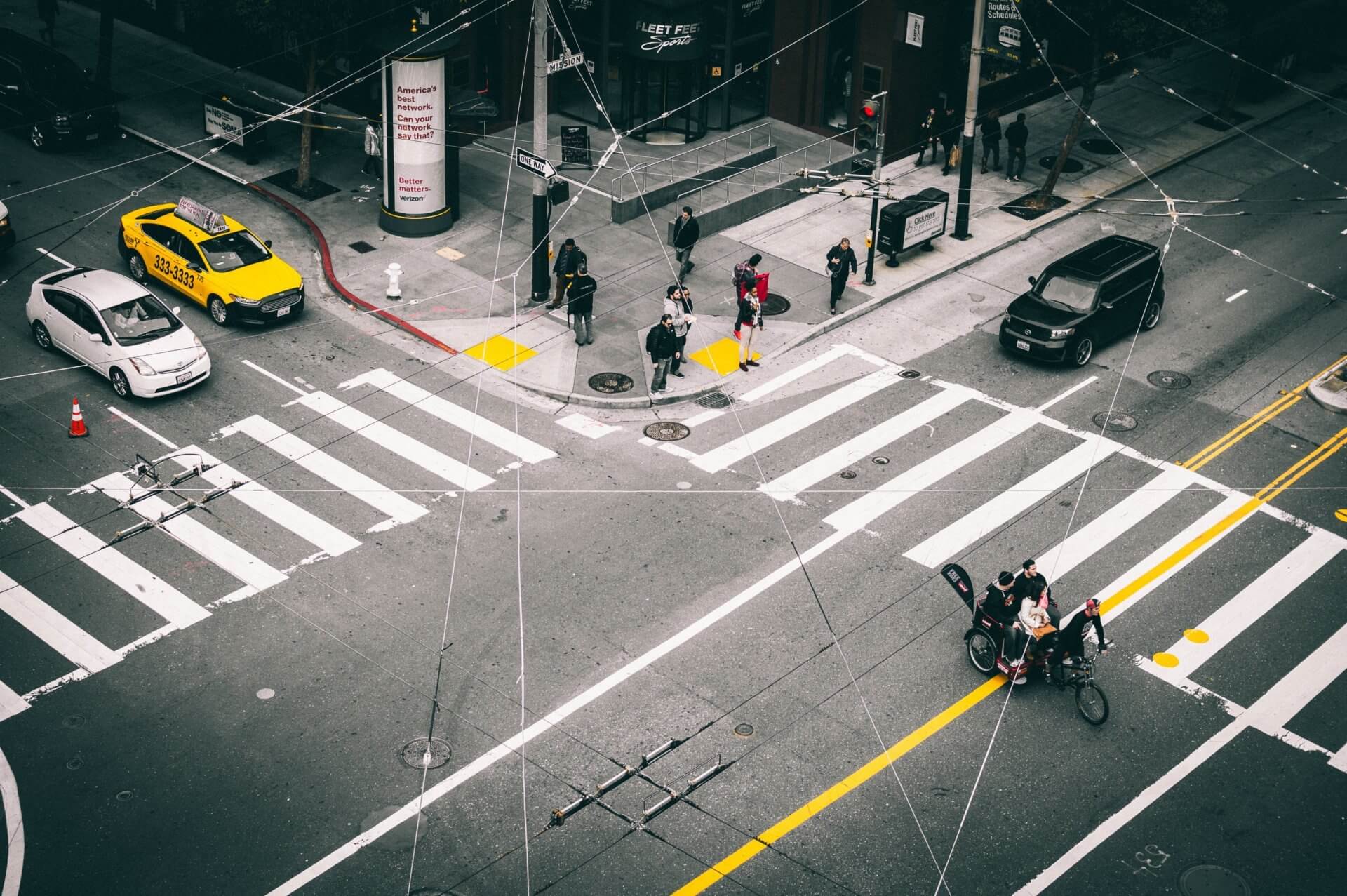People with disabilities drive innovation
Unbeknown to most employers, people with disabilities sparked the creation of many of the technologies we use today.

Designers of the Smart City, decision-makers, a smart city is an inclusive and accessible city. Think about the needs of the most fragile users right from the conception by consulting them. That’s how your solutions will be universally accessible! Yoel J. Gonzalez, Unsplash
Haben Grima, September 13, 2017
Through my work as a disability rights lawyer, and my personal experiences as a deafblind woman, I have spent a significant amount of time studying the disability experience. The biggest barriers in the workplace are architectural, digital and social. But employers who remove barriers from their workspaces receive benefits in the form of increased growth and innovation.
Employees with disabilities drive innovation. Disability creates a constraint, and embracing constraints spurs inventive solutions. Our history has numerous examples of people with disabilities leading advances in science, technology and other fields.
In 19th-century Italy, sighted Pellegrino Turri and blind Countess Carolina Fantoni da Fivizzano struggled to find a way to send each other their secret love letters (Braille had not yet been developed). Other blind people dictated their letters for sighted people to transcribe, but the countess could not do that.
After much deliberation, the lovers came up with a tactile solution: one of the first working typewriters. By treating blindness as a design challenge, they developed a revolutionary method for producing print by touch. Today, millions of people produce print through the touch of a key, and some of the fastest typists are touch typists.
People with disabilities are uniquely positioned to develop solutions that advance technology. The career of Vint Cerf, one of the fathers of the internet, highlights this point.
Mr Cerf is hearing-impaired, and his disability influenced his work developing the internet. Back in the 1980s, deaf and hard-of-hearing individuals searched for a good alternative to communicating over the telephone. Mr Cerf spearheaded the creation of the first commercial email service, allowing him to communicate with family members and colleagues without straining to hear.
Many of the tools developed by people with disabilities also benefit non-disabled colleagues. Wanda Diaz Merced is a blind astronomer who developed a non-visual system for studying stellar radiation. She uses an application that converts complex data from space into sound. Ms Diaz-Merced discovered the system she uses, called sonification, also helps her sighted colleagues.
The extensive data astronomers collect cannot all fit on a monitor, so they continually seek better methods for finding patterns in the data. Ms Diaz-Merced taught her colleagues using visual techniques in tandem with sonification to help sighted astronomers.
As she predicts: if the scientific community removes barriers so that disabled and non-disabled scientists can work together, then “a huge titanic burst of knowledge will take place”.
These are just three examples of people with disabilities driving innovation. Their unique insights led to better product design and better services for the public. Ensuring accessibility boosts sales and company growth, tapping into a market of more than 1.3bn people with disabilities around the world.
Hiring people with disabilities leads to a more innovative workforce. Old myths allege that people with disabilities are a burden on society, and stem from unfounded fears of those who are different. Contrary to those myths, we now know that difference drives innovation.
Different lived experiences, from the blind love-letter writer to the deaf scientist, generate the new ideas that lead to discoveries. Companies seeking a competitive advantage should hire people who will bring unique perspectives to the table.
Source Haben Grima, Originally published in the Financial Times
| Disability as an Innovation Driver for the Smart City. Smart City. We hear a lot of talk about it. But what is a smart city exactly? Let’s explore initiatives from around the world that showcase new accessibility technologies. Here are some projects that caught our attention. All you need to know in our last article. OKEENEA. Youtube Sep 23, 2019 |
Also see
Disability Drives Innovation The New York Times – Audio Books
Disability as an Innovation Driver for the Smart City Inclusive City Maker, Okeenea Group
Accessibility for All: Why Removing Barriers Benefits Us All Inclusive City Maker, Okeenea Group
Artificial Intelligence and Accessibility: Examples of a Technology that Serves People with Disabilities Inclusive City Maker, Okeenea Group
Creating an Accessible and Barrier-Free Society Through Inclusive Design: a Constant Renewal Inclusive City Maker, Okeenea Group
Celebrating scientists with disabilities The Royal Society
